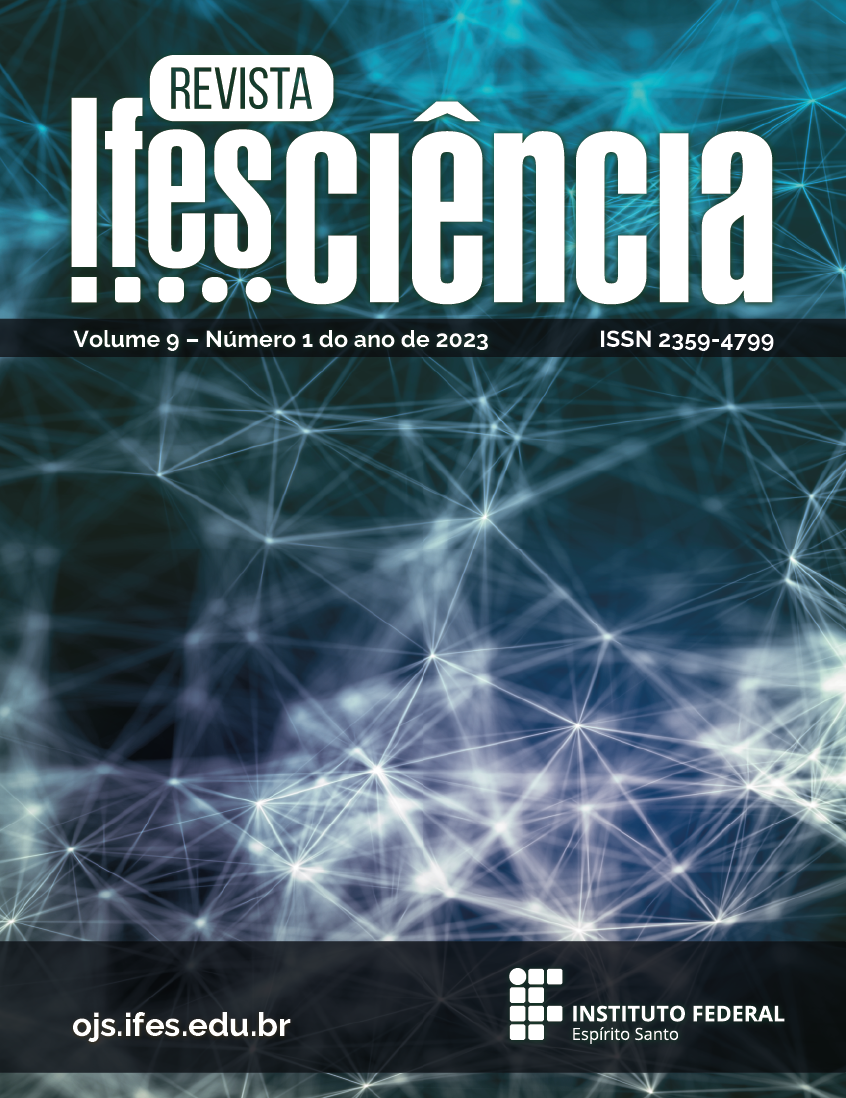ESTIMATIVA DO POTENCIAL TEÓRICO PARA GERAÇÃO DE ENERGIA COM RESÍDUOS DE SERRARIAS DA REGIÃO DE SANTA TERESA-ES
DOI:
https://doi.org/10.36524/ric.v9i1.1907Keywords:
Biomassa, Poder calorífico, Geração de energia, Cavaco, SerragemAbstract
The biomass is already the third largest primary source of energy and is also among the most promising currently. In Santa Tereza-ES, the practice of silviculture is very common, since the city is prominent in the eucalyptus plantation for pallet production and other purposes, it generates a large amount of tailings that need a proper disposal. Therefore, this work aims to analyze the potential energy generated by the wood tailings of the municipality. In order to quantify the amount of waste produced, six companies were visited: Pepper Woods, ADJ Wood and Biomass, Serpau Woods, Barth Woods, Calote Sawmill and Vanildo Sawmill to gather the needed data. Afterwards, the calorific value, the theoretical potential for power generation and a number of houses that would be supplied with this potential was calculated. The last parameter was calculated based on the average residential consumption of the state Espirito Santo, with a total value of 1,467x 10 10 kcal, 3,69 MW/year and 1392 houses respectively. It was considered a generation with conventional steam turbine system (Rankine cycle), small with 15% yield. The satisfactory results can be used as drivers for futher studies of the theme in the municipality.
Downloads
Published
Issue
Section
License
Copyright (c) 2023 Revista Ifes Ciência

This work is licensed under a Creative Commons Attribution-NonCommercial-NoDerivatives 4.0 International License.
Autores que publicam nesta revista concordam com os seguintes termos:
- Autores mantém os direitos autorais e concedem à revista o direito de primeira publicação, com o trabalho simultaneamente licenciado sob a Licença Creative Commons Attribution que permite o compartilhamento do trabalho com reconhecimento da autoria e publicação inicial nesta revista.
b. Autores têm permissão e são estimulados a publicar e distribuir seu trabalho online (ex.: em repositórios institucionais ou na sua página pessoal) a qualquer ponto antes ou durante o processo editorial, já que isso pode gerar alterações produtivas, bem como aumentar o impacto e a citação do trabalho publicado (Veja O Efeito do Acesso Livre).



